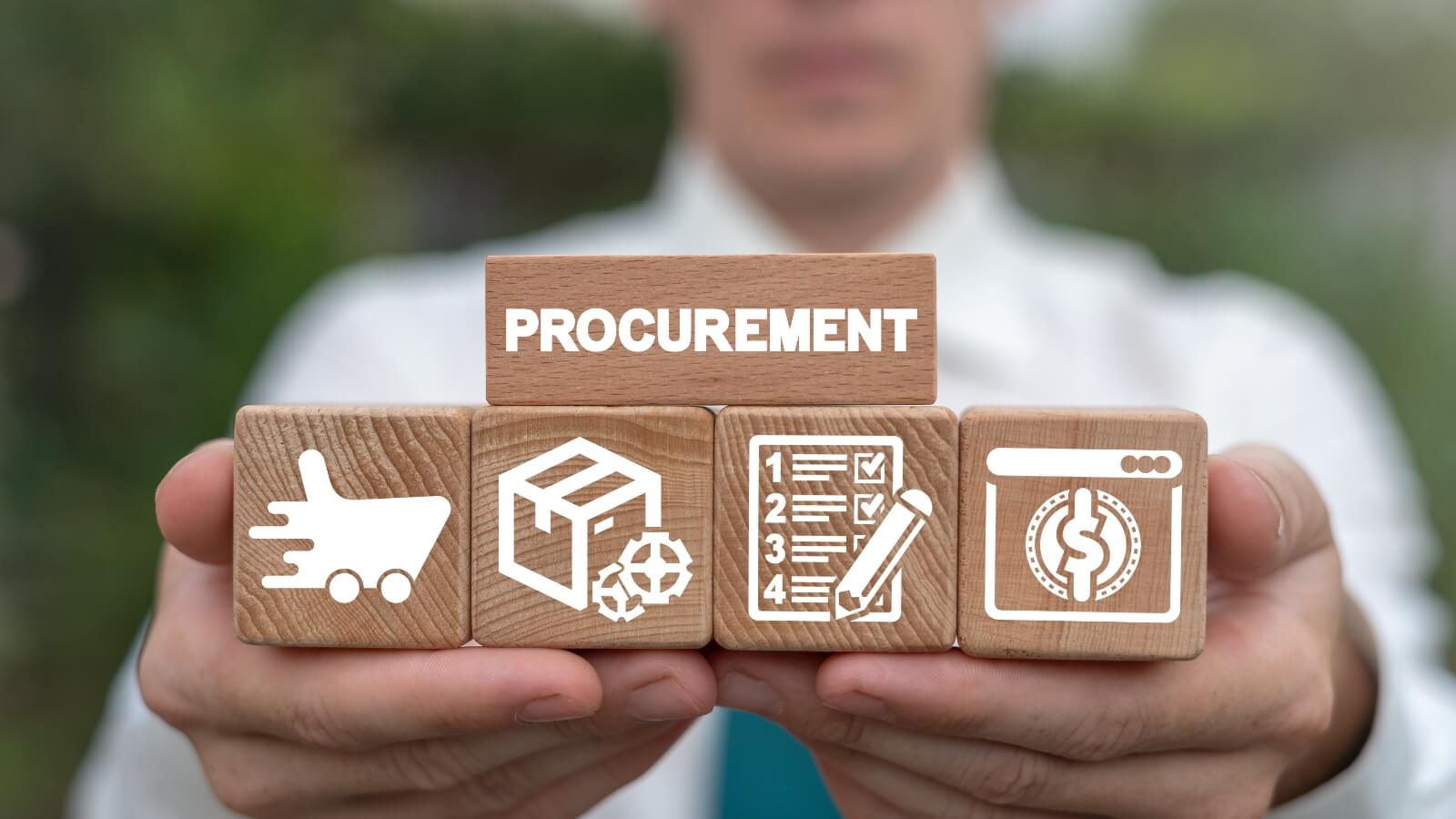Building Strong Supplier Relationships in UAE for Business Growth

Building Strong Supplier Relationships in UAE for Business Growth
Supplier relationship management is an integral part of every supply chain, no matter what part of the world your business is in. For companies in the UAE, supplier relationship best practices may be particularly crucial since the region is among the top importers in the world. Moreover, reductions in global trade barriers have made it possible for companies in the middle-east to source materials, goods and services from various top exporters in the world, like China, India, the USA and Japan.
If your business is established in the UAE, strong relationships with vendors across borders can help you scale up quickly. Supplier relationships in the UAE also impact the procurement supply chain in many ways, as outlined below.
Vendor relations in the procurement supply chain
Here are the key benefits of vendor relationship best practices for your supply chain over the long term.
- It encourages supplier-led innovation
- It results in cost savings by eliminating the need to set up new contracts
- It helps form partnerships with suppliers whose goals align with yours
- It strengthens your supply chain and reduces fragmentation of the product procurement
- It improves operational efficiency by eliminating shortages and maverick purchases
Five tips for building and maintaining strong supplier relations in the modern world
Building good relations with your suppliers is tough, and maintaining them can be tougher still. Nevertheless, here are some industry best practices you can adopt to boost your supplier relationship management.
- Keep the lines of communication open
- Understand what your suppliers offer
- Choose vendors whose offerings align with your needs
- Draw out detailed and precise contracts to eliminate ambiguity in your dealings
- Uphold your end of the contract and pay your dues on time
Digitization: The need of the hour to tackle challenges in supplier relationships today
Supplier relationship management can be fraught with issues like a weak SRM strategy, failure to align supplier-client priorities, poor communication between the parties involved and even trouble enforcing the contracts involved.
Digitization and e-procurement can be revolutionary game-changers here. With digital transformation elevating your SRM practices, you can screen suppliers more effectively and partner with the right vendors. It also facilitates better communication with your vendors and leaves little room for ambiguity in contract management.
Build and maintain supplier relationship with experts
Managing supplier relationships in the UAE is a continuous process that needs to be updated periodically to keep pace with industry best practices. An expert procurement and supply chain partner like Moglix can help you navigate this evolving requirement, leaving you free to focus on your core business. Know How
Do you have the right strategy to reduce indirect procurement costs?

Do you have the right strategy to reduce indirect procurement costs?
Have you successfully implemented a procurement cost savings program, only to discover that your procurement expenses still need to be under control? If you answered yes to that, indirect costs related to procurement might be the weak link here.
While direct expenses are easier to track and control, indirect spending is easier to miss. This is changing now, with around 70% of procurement leaders increasingly shifting focus to regulate indirect spending in their supply chain. Your business can also benefit from this approach. However, the first step of this journey is decoding what qualifies as indirect costs in the procure-to-pay cycle.
What are the indirect spends in your supply chain?
Indirect procurement costs are those expenses that are not directly related to your production cycle or the sale of goods and services. These outlays may still be necessary for various ancillary areas of your business to function smoothly. Some common examples of indirect spending in procurement include the following:
● The cost of renting your office premises
● The cost of procuring IT support
● The expenses incurred on office stationery and supplies
● The purchase of office furniture
● The purchase of maintenance, repair, and operation (MRO) consumables
Three fail-safe ways to reduce indirect procurement costs
Here are three tried and tested strategies to keep your organization’s indirect procurement costs from ballooning beyond the budgeted limit.
1. Identify the vulnerable points in your procurement spending.
To effectively save on indirect costs, you must first identify areas where your business inadvertently spends more than necessary. A quick analysis of your historical procurement spending can help zero in on these weak links. Then, once you know what to cut down on, you can devise a plan to reduce these outlays.
2. Compare your supplier options before making a decision.
MRO procurement, office supplies, furniture, and other indirect heads may not vary significantly in quality from one supplier to another. So, compare your options and partner with a cost-effective solution vendor. Also, indirect procurement is not directly tied to production. This gives you more freedom to choose suppliers and vendors who offer the best value for money.
3. Automate your procure-to-pay system
Reports indicate that complete digital adoption and e-procurement can deliver cost savings of 45% or more. By extension, automation in indirect procurement can single-handedly help reduce wasteful expenditure and improve profitability. It also improves visibility of expenses and make the supply chain for indirect procurement more effective and efficient.
Want to get off to a great start? Say hello to your smart procurement partner!
A digital procurement partner like Moglix can help streamline your organization’s procure-to-pay cycle and optimize your procurement spends without compromising profitability. Get in touch with us to step into the future of procurement, with our tech enabled integrated e-procurement solutions.

